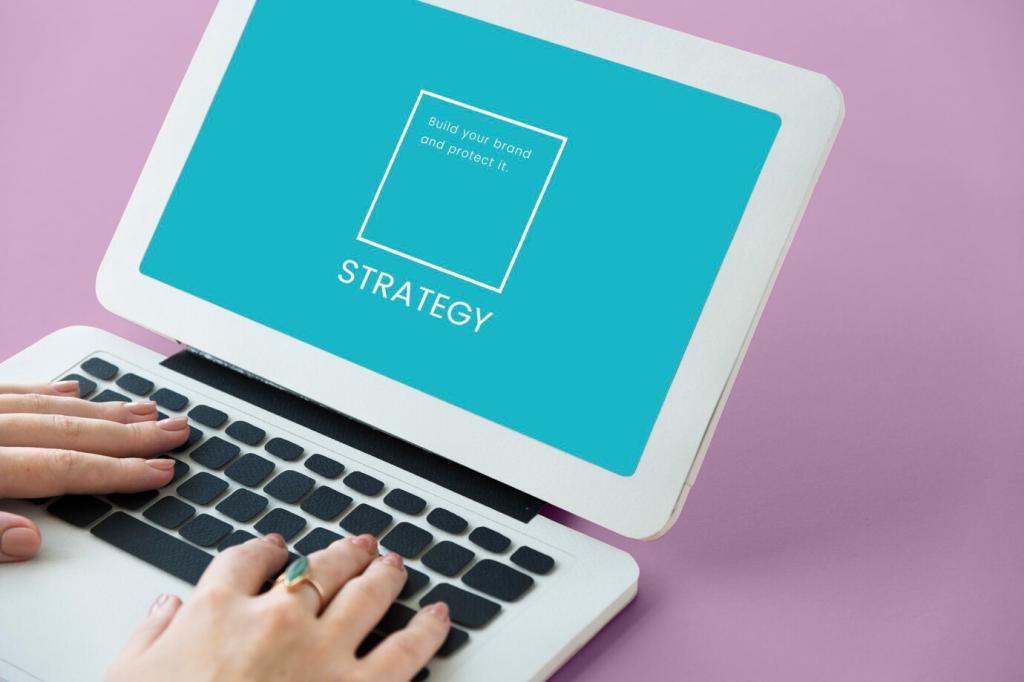Building a Cohesive Identity System
Establish a signature color palette, distinct typography pairings, a scalable logo system, and a recognizable imagery style. These pieces become your brand’s visual DNA, ensuring every touchpoint sings the same song while allowing nuanced, context-aware variations.
Building a Cohesive Identity System
Subtle animations, transitions, and hover states can carry personality. Consider easing curves, speed, and direction as expressive tools. When motion rules are consistent, your digital surfaces feel intentional, memorable, and unmistakably yours without overwhelming accessibility or performance.









